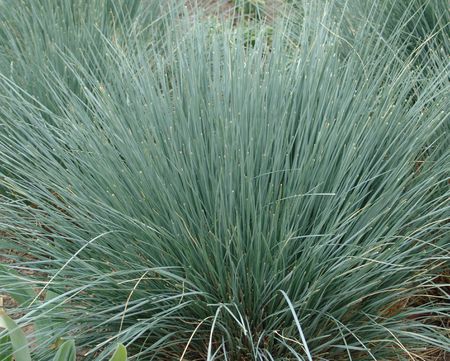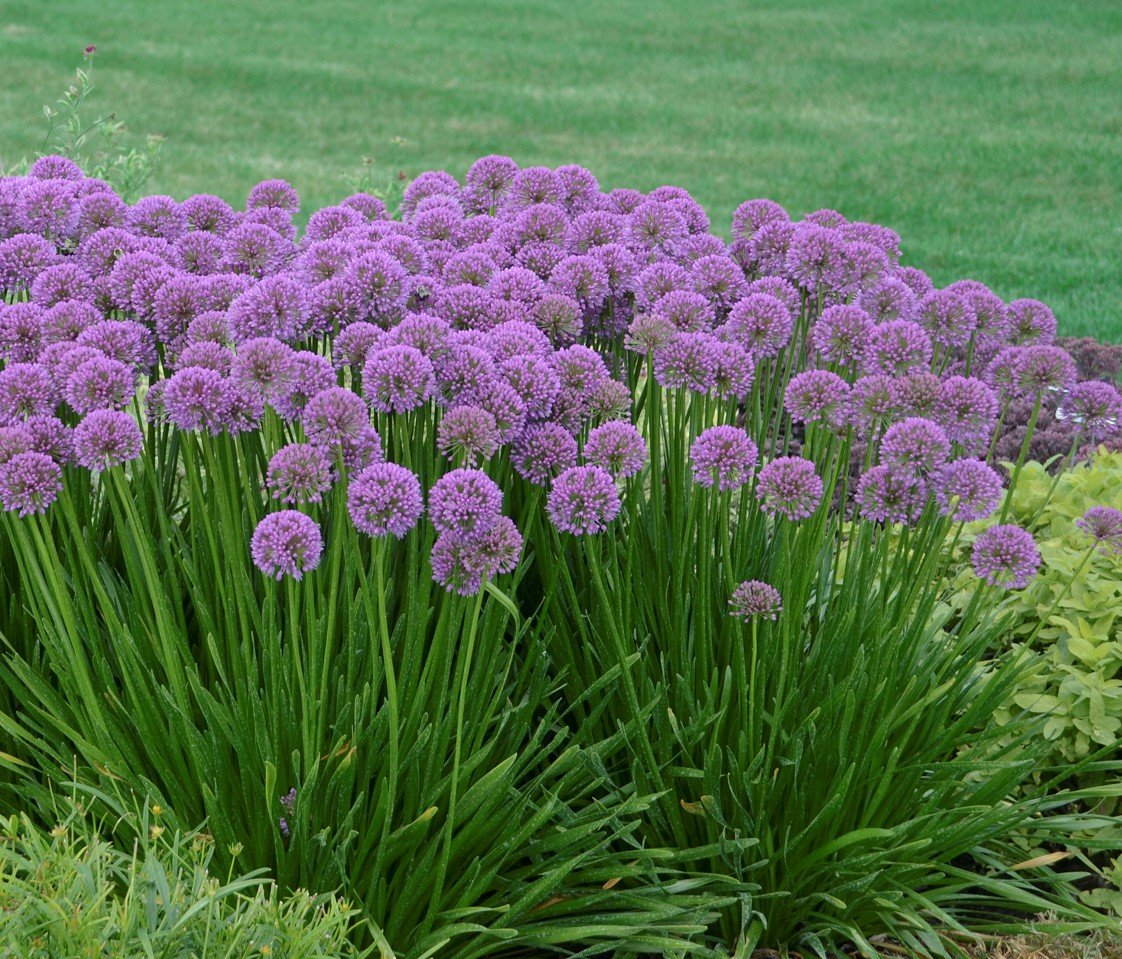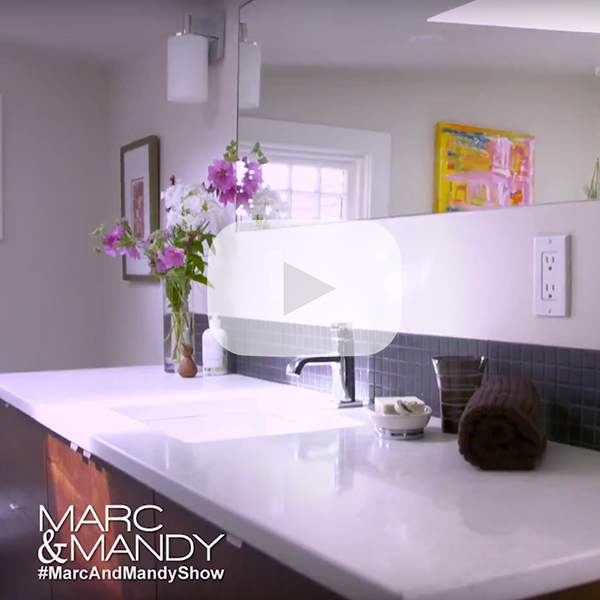Most people have a good idea of what an architect does, but what exactly does a landscape architect do? On our podcast, All Things Renovation, we interviewed Heather Davidson from Heather Davidson Design. Here’s a summary of what we learned!

Echinacea
What’s the difference between a landscape architect and a landscape designer?
A landscape architect is like an architect but for your outdoor space, from the outside of the building to the back of the curb. To become a landscape architect you have to do either a Master’s degree or an undergraduate degree in landscape architecture, and then you have to challenge five registration exams to become a Registered Landscape Architect. They are guided by a professional organization -here in British Columbia you must be a member of the BC Society of Landscape Architects.
A landscape designer has a diploma from a college or university. The difference between a designer and an architect relates to a difference in technical knowledge about structure, how landscapes function, the drainage etc.

Coral Bells foliage comes in a wide array of beautiful colours
What are the key elements that make for a full landscape design?
Each project is different but common elements in backyards generally include:
- a place to lounge
- a place to dine
- calming elements like a water feature or a fire pit
- shade – retractable shade awnings on pergolas or the house, large umbrellas
- planting – helps mitigate sun and shade, adds scent and beauty
We try to mix hard and soft surfaces to provide a sense of space, and create cozy nooks and taking advantage of views. Some people enjoy having pools and hot tubs in their backyard, depending on their particular lifestyles. Immersing yourself in water in your own backyard is very appealing!

Russian Sage
What kind of plants would you recommend that people use?
For years we have been hearing that we should stay with native plants in our yards. As the climate changes, people are more aware of things like water use and the need for drought-tolerant plants, but not all of them thrive in the built environment. There are lots of native plants that don’t thrive when they’re taken out of the coastal rainforests. The heart of Vancouver is much different, and hotter, environment.
Some of the robust native species that we use that do lend themselves well to the built environment include:
- Bearberry or Kinnikinnick (Arctostaphylos uva-ursi)
- Deer Fern (Struthiopteris spicant)
- Western Sword Fern (Polystichum munitum)
And we are using more and more plants from California, as these are much more drought tolerant. Examples are:
- California Lilac (Ceanothus )
- New Zealand Flax (Phormium )
- Russian Sage (Salvia yangii)
Anything with gray-green leaves tend to lavender and some grasses tend to do well in dry conditions.

Blue Oat Grass
Plant Hardiness Zones
There are 13 USDA Plant Hardiness Zones, determined by annual extreme minimum temperature. The lower the number, the colder it is in that zone. Canada is in the middle to cold range.

Soil Type
Homeowners can buy soil testing kits at their local hardware or gardening centre to determine the pH of the soil. Some plants are tolerant of a range of soil, while other just won’t grow in the wrong soil. Interestingly, Hydrangea flowers are pink in basic soil but are blue in acidic soil!
One of the most relevant factors for work in Vancouver area is that the soil under evergreen trees is usually very acidic from all the needles that drop down and decompose. Different areas of a garden can have different soil properties so there are various additives that can be used to amend the soil – hemlock mulch can make it more acidic, while dolomitic lime can make it more basic.

Allium
How do you ensure continual flowering throughout the seasons?
We have such an abundance of evergreen plants that do well in our climate, and we love to have an evergreen structure in the garden. These can consist of broadleaf evergreens like Laurel hedges or California Lilac, or coniferous evergreens like a pine tree or a Dwarf Mugo Pines. We also have a lot of perennials that don’t die back in the winter. Coral Bells has spikes of bell flowers and a rainbow selection of foliage.
There is a certain excitement that comes with all the regrowth in the spring. It would be boring to have a garden design that doesn’t change so clients are encouraged to have bare spots in the garden in the winter and allow for the new growth. Bulbs can provide a progression of colour from January to June, and perennials come into their own after that.

Hostas
To listen to the full episode and read the show notes (including the plant list with photos), visit www.AllThingsRenovation.com or click on the Podcast tab at the top of our homepage at www.woodbeart.com.


